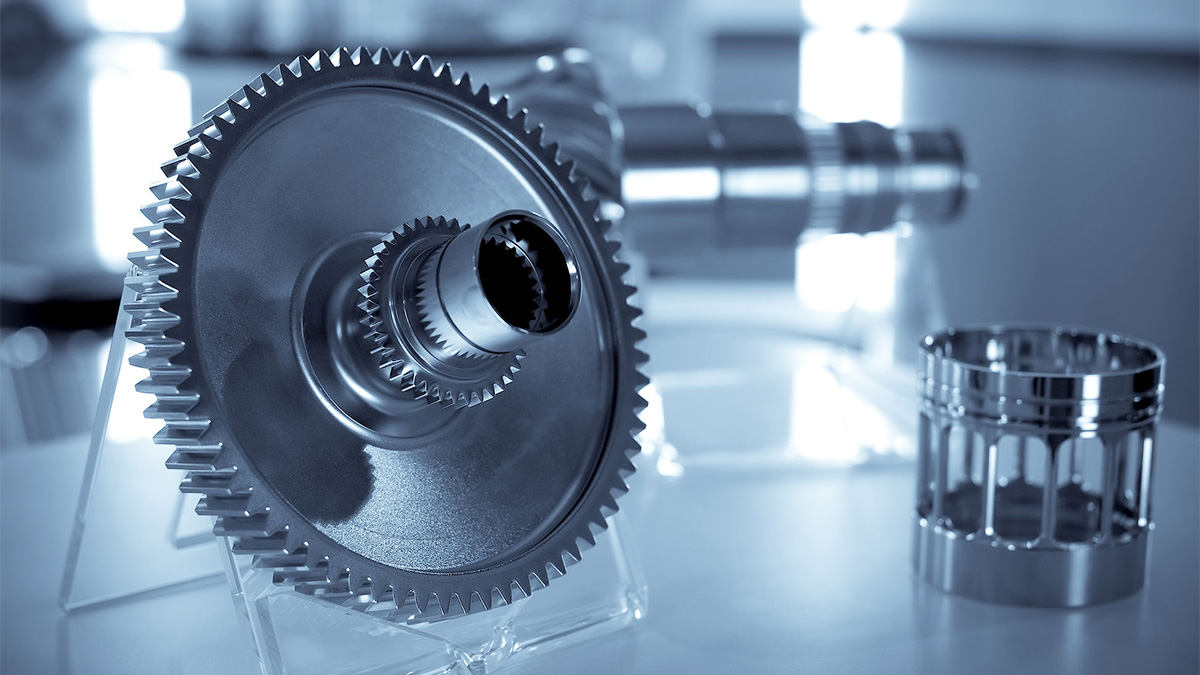In the past few years, with the continuous improvement of technologies such as artificial intelligence (AI), deep learning (DL), computer vision (CV), virtual reality (VR) and augmented reality (AR), the application scope of mechanical transmission components has expanded to each field.
The technical threshold and precision requirements of mechanical transmission components are high, which also affects the performance and reliability of machine tools, industrial machinery, electric vehicles, high-tech equipment, and robotic arms. They are extremely important key components in machine tools.
What Is the Mechanical Transmission of Electronic Equipment?
Electronic equipment is comprised of many different types of machines. All these machines are related to the use of electricity and usually have some type of electric motor, hydraulic motor, manual controls, etc. Electronic devices can be used to generate electricity and control processes that control behavior of the mechanical device according to the load requirements.
Electronic equipment is located between the actuator (electric motor, hydraulic motor, manual controller, etc.) and the load (antenna, vacuum variable capacitor, magnetic or non-magnetic carrier, etc.), and makes the load move in a controlled manner according to the requirements of machinery being used. The mechanical transmission in electronic equipment is often an integral part of the servo system. Its function is to transmit power and motion, match and couple the actuator and the load, and ensure the coordination of mechanical, electrical, optical, magnetic, and other parts and components.
Types of Mechanical Transmissions in Electronic Equipment:
-
General driver:
The load is driven by an electric or hydraulic motor through a conventional mechanical transmission. The power transmission in early electronic equipment was almost always electromechanical (Electric motor → Traditional mechanical transmission → Load). With the development of hydraulic technology and motor technology, electro-hydraulic drive (Hydraulic motor → Traditional mechanical transmission → Load) and direct drive have gradually appeared.
The electromechanical drive is characterized by reliable structure, mature technology, convenient use, and maintenance. The advantages of the electro-hydraulic drive are fast response, the small size of the hydraulic motor, suitable for high-power transmission, high static stiffness, and can withstand considerable overload without damage (Peak power can be as high as more than twice the rated power). The disadvantage is that the technical requirements for the manufacture, installation, and maintenance of hydraulic servo components and hydraulic systems are relatively high. Generally, the drive must rely on the traditional mechanical transmission device, the volume and weight are relatively heavy, the meshing transmission is noisy, and mechanical structure factors are also more affected.
-
Direct drive:
The load is directly driven by a special motor or hydraulic cylinder. Because the mechanical transmission device is omitted, the transmission precision and the structural resonance frequency are relatively high, so the servo bandwidth can be made relatively wide, which is beneficial to improve the stability and accuracy of the system.
Electronic Equipment Related Regulations and Policies: Waste Electrical and Electronic Equipment (WEEE)
Discarded computers, televisions, refrigerators, and mobile phones, etc., collectively referred to as electrical and electronic equipment waste, is one of the fastest-growing wastes in the EU, generating about 9 million tons in 2005 and is expected to increase to 12 million tons in 2020. To solve these problems, the European Union developed the WEEE specification.
Regarding the WEEE specification:
WEEE (Waste Electrical and Electronic Equipment), the European Union Waste Electrical and Electronic Equipment Directive, is mainly in response to the disposal method of waste electronic products. This directive regulates the requirements for selective treatment, classified collection, and recovery rate of electronic and electrical products when they are scrapped, but unlike RoHS, which has substance limits, it requires that electronic and electrical products within the jurisdiction be affixed with "Wheelie Bin", and be registered and subject to inspection and supervision as required.
WEEE 2.0 Product Control Category:
- Category 1: Temperature Exchange Equipment
Also known as TEE, includes all heating and cooling EEE equipment, including refrigerators, air conditioning units, and heat pumps.
- Category 2: Large Screen Displays and Equipment
Including monitors, TVs, laptops, tablets, and e-book reading devices with screens larger than 100 square centimeters. Does not include a smartphone (too small) or a smart fridge with a screen.
- Category 3: Light Bulbs - Including Fluorescent Lights
LED, HID, and LPS bulbs and tubes. Lamps and luminaires are not included.
- Category 4: Large Equipment
Includes any EEE not included in Category 1, 2, or 3 and which has at least one external dimension (L, W, H) greater than 50 cm. This typically includes washing machines, dryers, electric stoves, large medical equipment, photovoltaic panels, large light fixtures, etc.
- Category 5: Small Devices
Includes all EEE not included in other categories, has external dimensions (L, W, H) less than 50 cm, and is not IT equipment (Category VI). This includes vacuum cleaners, microwaves, small kitchen appliances, and consumer electronics.
- Category 6: Small IT/Computer/Communication Equipment
Includes all EEE not included in other categories, with external dimensions (L, W, H) less than 50 cm, for IT, computer motor calculation, or communication. Examples include smartphones, desktop computers, GPS devices, printers, tethers, and fax machines.
WEEE 2.0 applicable areas
All EU member states are subject to this directive if products are exported to these countries. Directives are issued by the European Union, and member states then formulate their norms by the directives.









.jpg)
.jpg)
.jpg)


.jpg)